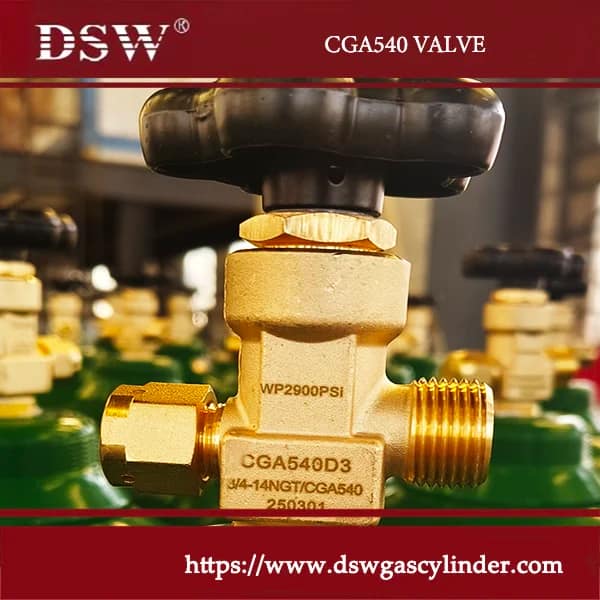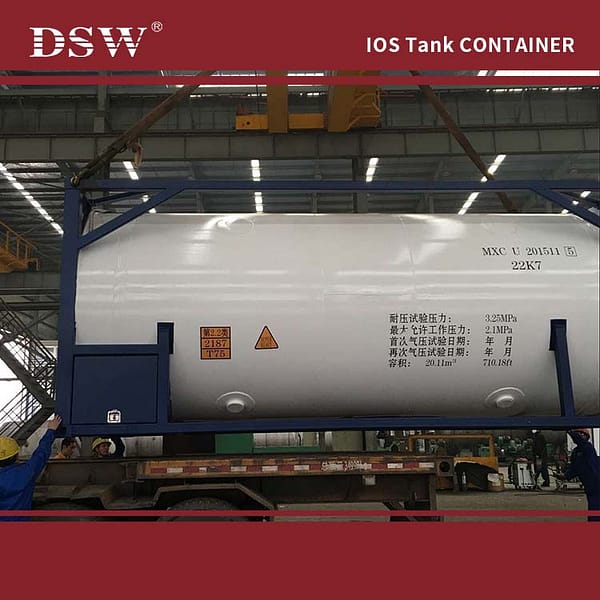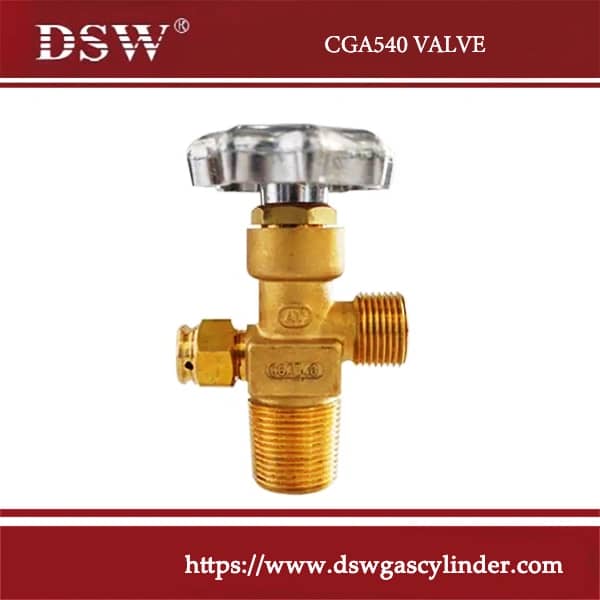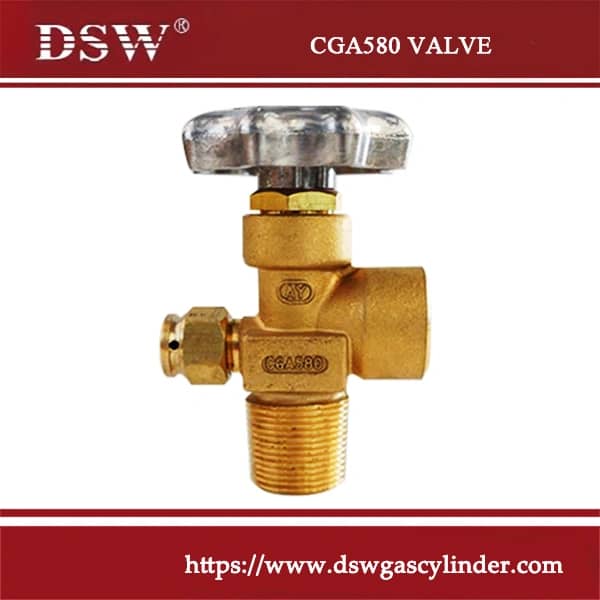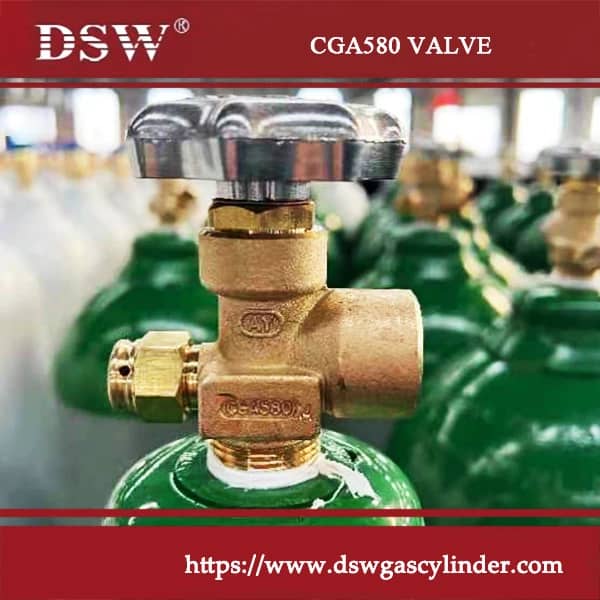oxygen valve
An oxygen valve is a critical component of an oxygen cylinder or tank that controls oxygen flow from the cylinder to the equipment or device it is connected to. These valves are designed to ensure the safe and precise delivery of oxygen for various applications, including medical therapy, industrial processes, and cutting and welding operations.
Critical features of oxygen valves include:
- Pressure Regulation: Oxygen valves are equipped with mechanisms to regulate the pressure of the oxygen released from the cylinder. This ensures that the oxygen flow remains stable and consistent, regardless of variations in cylinder pressure.
- On/Off Control: Oxygen valves typically have a knob or lever that allows users to control the flow of oxygen by turning the valve on or off. This enables users to start and stop the oxygen flow as needed, providing flexibility and convenience.
- Safety Features: Oxygen valves are designed with safety features to prevent accidental leaks or over-pressurization of the cylinder. These may include built-in pressure relief devices or safety locks to secure the valve in the closed position when not in use.
- Compatibility: Oxygen valves are designed to be compatible with standard oxygen fittings and connectors, ensuring compatibility with a wide range of oxygen delivery systems and equipment.
- Durability: Given the critical nature of their function, oxygen valves are constructed from high-quality materials such as brass or stainless steel to ensure durability and reliability even under high-pressure conditions.
Overall, oxygen valves play a crucial role in the safe and effective delivery of oxygen from cylinders to various applications, making them essential components in industries where oxygen is used.
Showing all 2 results


